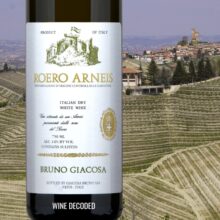
Product information
Bruno Giacosa Roero Arneis Casa Vinicola 2023
$86
Description
For all the many great things that can be told about Giacosa’s red wines, it is the Arneis that maybe typifies the great qualities of Bruno Giacosa the man. In the early 1970’s, this was an indigenous variety almost entirely lost to the region’s obsession with red wines (at the time mainly Dolcetto) that was ‘rediscovered’ by Alfredo Currado of Vietti and Giacosa very shortly after. The two are almost solely responsible for Arneis’ current importance in the region, especially in Roero where it is the main variety and grows best thanks to the area’s poor sandy soils and colder climate.
Still working with the same two growers that they have been for over 20 years, Arneis represents the largest part of Giacosa’s production, accounting for around 50% of the total bottles produced. Produced since 1974
For the 2022: Giacosa’s Arneis is a demonstration of the calibre of the variety when done well. A generous fruit profile is tamed with a layering textural phenolics and fine acidity. There’s almost a translusence to the wine despite the considerable depth of flavour. An array of fresh fruit flavours: citrus, pear and beyond, with green leafy herbs, just a little ginger, and a tiny pinch of baking spice are at play. A very complete feel to this.
For the 2021 The Bruno Giacosa 2021 Roero Arneis is an especially luminous and fresh white wine that is packed with tropical fruits and floral notes. There is great freshness, and the wine reveals an elegant mineral signature. Production was reduced in this vintage (with some 150,000 bottles created) and even more so in 2022 due to the heat. Fruit for this wine is purchased in the neighboring Roero appellation. Harvest took place on September 17th, and the wine fermented in stainless steel at 16 degrees Celsius, lasting 15 to 20 days. It remained in contact with the fine lees for three months.
Moncia Larner, The Wine Advocate 93 Points
In stock
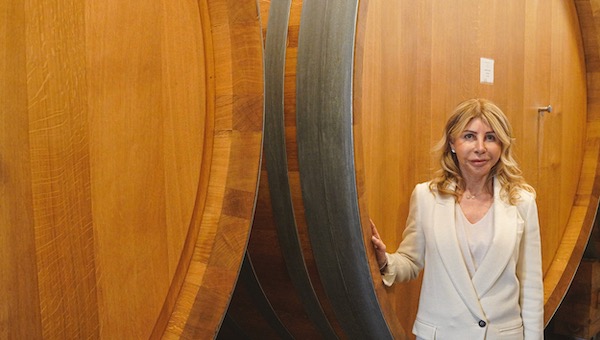
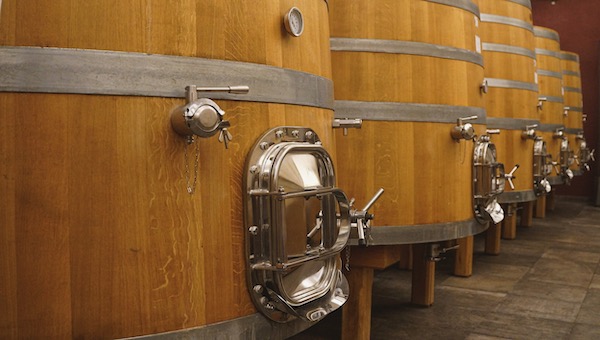
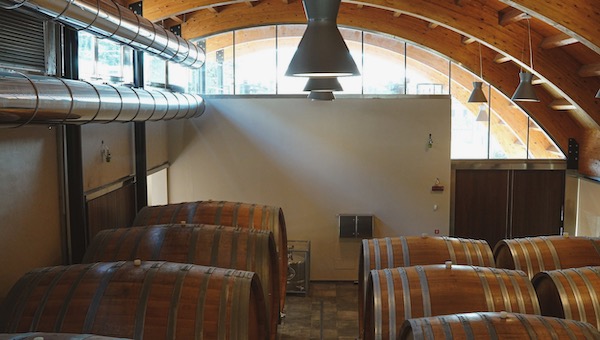
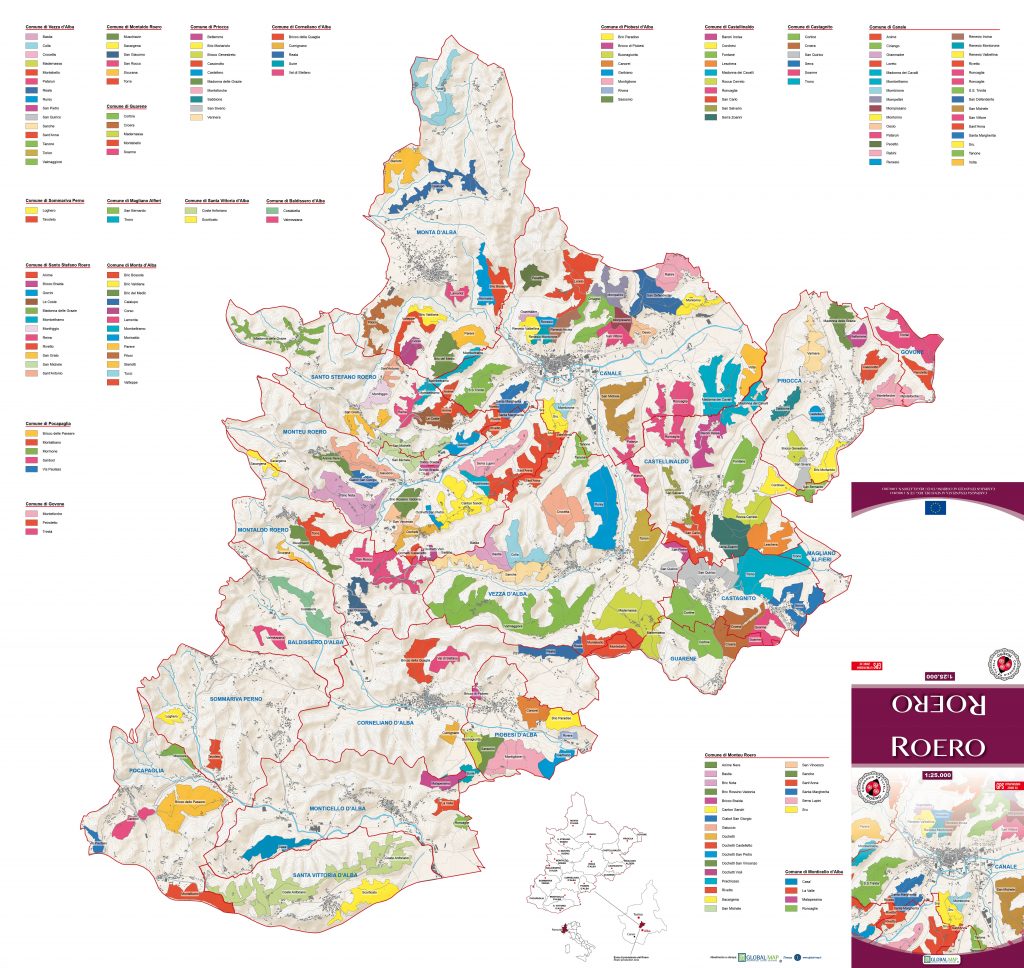
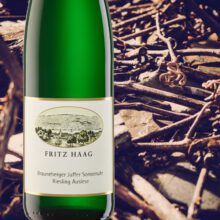
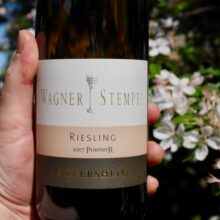
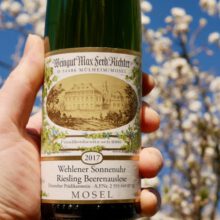

You must be logged in to post a comment.